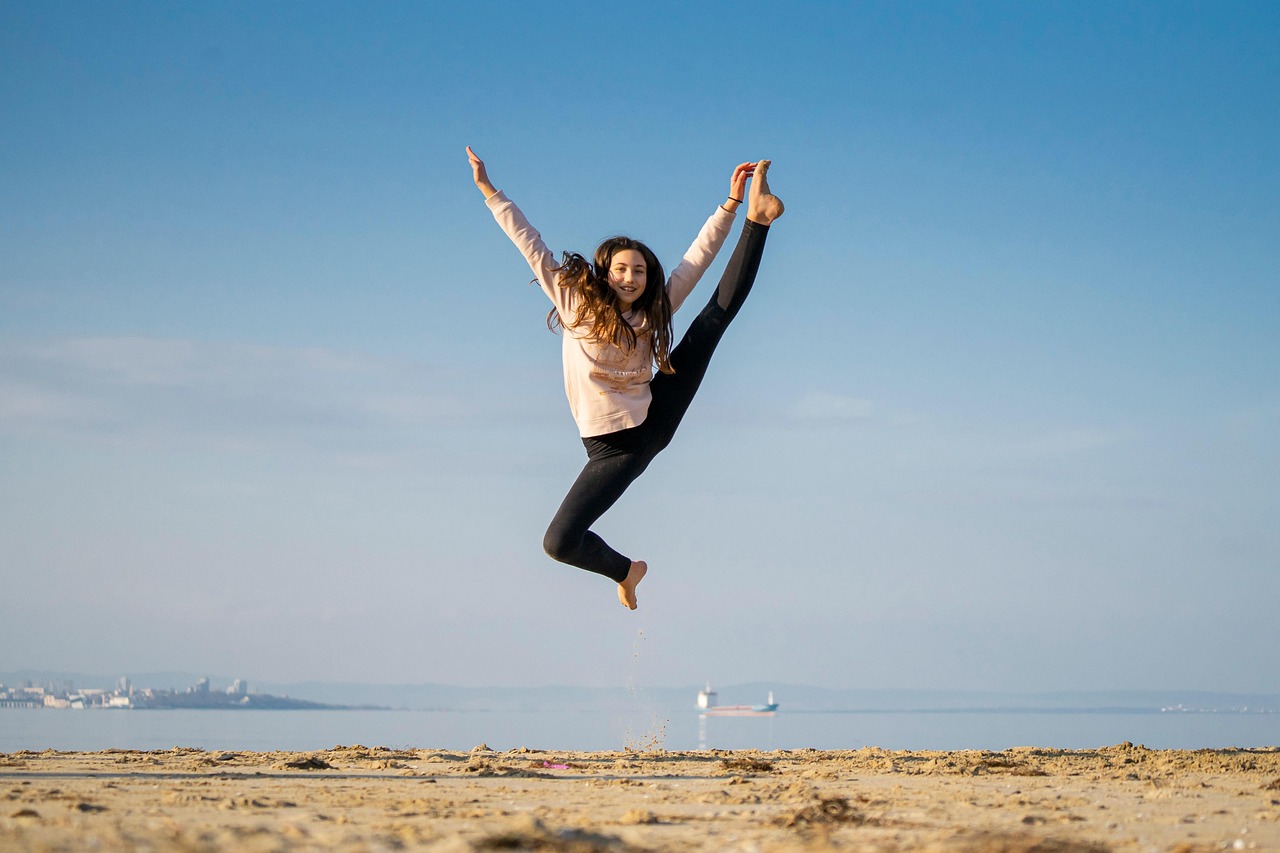Dance - Part 3
Exploring the World of Expressive Movement Forms - Part 3
Welcome to the third installment of our series on expressive movement forms! In this article, we will delve deeper into the diverse range of movement practices that allow individuals to express themselves creatively and physically. From dance to martial arts, the world of expressive movement forms is rich and varied, offering something for everyone.
Capoeira
Originating in Brazil, Capoeira is a unique blend of martial arts, acrobatics, and dance. This expressive movement form is characterized by its rhythmic movements, kicks, and spins, often performed to the sound of music. Capoeira is not just a physical practice but also a cultural expression that tells stories through movement.

Butoh
Originating in Japan in the late 1950s, Butoh is a form of avant-garde dance that prioritizes raw, emotive expression over technical precision. Performers of Butoh often use slow, controlled movements to convey deep emotions and explore the darker aspects of human existence. This form challenges traditional notions of beauty and grace in dance.

Contemporary Dance
Contemporary dance is a fluid and versatile form that incorporates elements of various dance styles, including ballet, jazz, and modern dance. This expressive movement form allows dancers to explore creativity, emotions, and personal narratives through movement. Contemporary dance is known for its innovative choreography and boundary-pushing performances.

Conclusion
Expressive movement forms offer a unique way for individuals to connect with their bodies, emotions, and creativity. Whether you are drawn to the rhythmic beats of Capoeira, the raw emotions of Butoh, or the fluidity of contemporary dance, there is a movement practice out there for you. Explore, experiment, and express yourself through the power of movement.
Stay tuned for more insights into the world of expressive movement forms in our upcoming articles. Keep moving, keep expressing!
